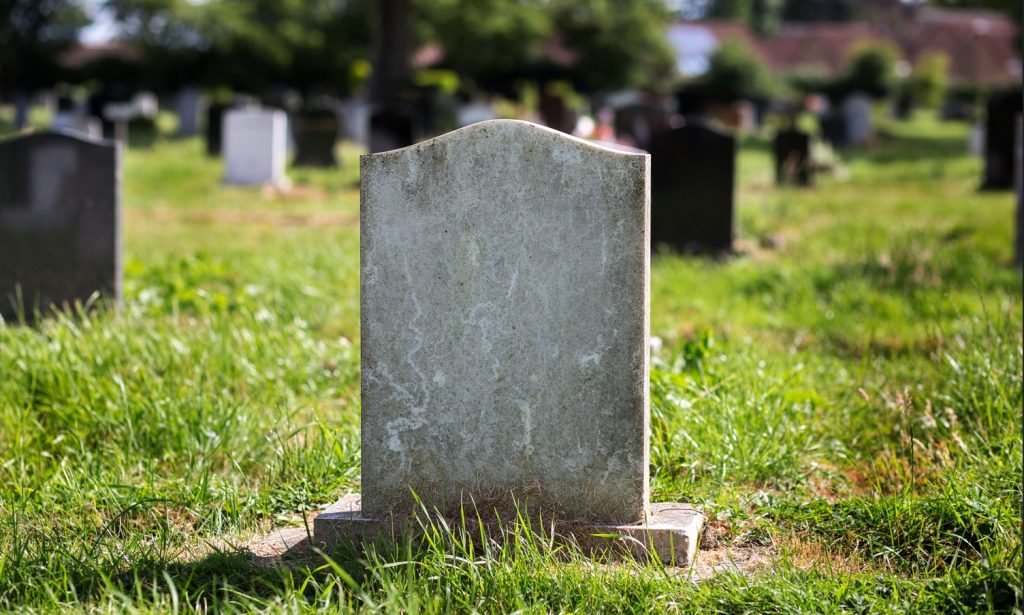 Kieran, Adobe Stock Images
Kieran, Adobe Stock Images A combination of falling demand and higher costs created a “tough year” for colleges in fiscal 2023. Recent reports by S&P Global Ratings found that median full-time-equivalent enrollment fell 0.8 percent at private nonprofit institutions and 0.7 percent at public colleges, with private nonprofit retention rates falling to 82.4 percent—the lowest it’s been in five years.
Dropping enrollment means that fewer students are funding schools with their tuition, exacerbating the financial struggles of these institutions. Furthermore, lower demand means that schools must “compete” with each other to attract more students; this often takes the form of tuition discounts. In the hope of enticing more students, institutions have been offering more and more aid, lessening the financial burden of undergraduates but increasing their own. The S&P reports found that the mean tuition-discount rate grew to 44.8 percent among private institutions in 2023, which is 11.7 percent higher than in 2019. Partially as a result, universities’ “median operating margins turned negative for the first time” in a decade. At private nonprofits, “operating income fell to negative 0.1 percent, compared to positive growth of 1.1 percent in 2022.” At public institutions, median operating margins dropped from 2.9 percent to 0.3 percent. These findings do not bode well for the future of higher education in America.
It is unlikely that many colleges will be able to attract enough students to raise enrollment and reduce tuition discounts. Despite these numbers, however, university chief business officers seem hopeful about the financial futures of their institutions. Inside Higher Ed’s 2024 Survey of College and University Chief Business Officers, which polled the CBOs of over 200 public and private institutions, shows a growing optimism among these college leaders. 72 percent of last year’s respondents believed their institutions would be “financially stable” during the next five years, and 65 percent were confident about the next 10 years. This year, despite falling enrollment, both of these numbers have increased, to 85 percent and 73 percent, respectively. This may be due, in part, to increasing endowment value: While only 30 percent of CBOs experienced an increase in their endowment last year, over 70 percent reported an increase this year. Although CBOs recognize that endowments alone are insufficient to keep institutions afloat, they may be taking improvement in this area as a sign of imminent financial growth in other areas.
Over half of CBOs are confident that their institutions will be financially “better off” in a year. They’re banking on higher enrollment and greater net-tuition revenue—a hope that George Middlemist, CFO and vice president of Northern Illinois University, finds to be unrealistic in the context of falling enrollment and increasing tuition discounts. “We all can’t be growing unless we employ some new recruitment strategies to engage high school graduates that choose not to go to college,” says Middlemist. “Given the public perception around the value of higher education, we have some steep work to do”
In light of the S&P reports, the CBOs’ hopes about the financial futures of their institutions seem to be overly optimistic. It is unlikely that colleges will be able to attract enough students to raise enrollment and reduce tuition discounts to improve their finances. As college tuition continues to increase and alternatives such as trade schools begin to gain popularity, fewer and fewer students will value a four-year degree enough to attend college.
On top of this, the pool of potential college applicants is steadily shrinking: The next generation of college-aged students was born during the Great Recession, and the birthrate has declined nearly every year since. Colleges and universities are already closing at a significant clip, and it seems that this will only worsen as enrollment rates continue to drop.
CBOs at these institutions should seriously consider cost-cutting strategies if they want to stay out of the red over the coming years.
Sophia Damian is a student at Wake Forest University and a 2024 Martin Center intern.
